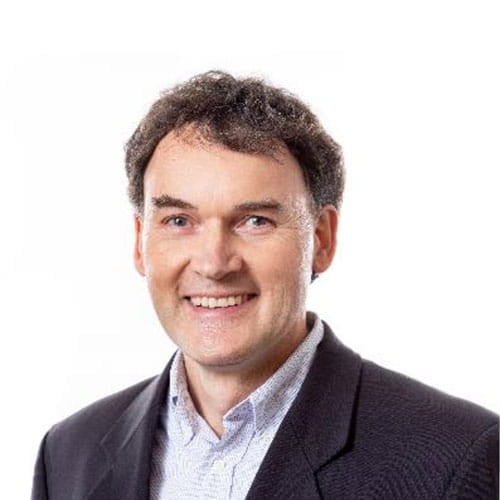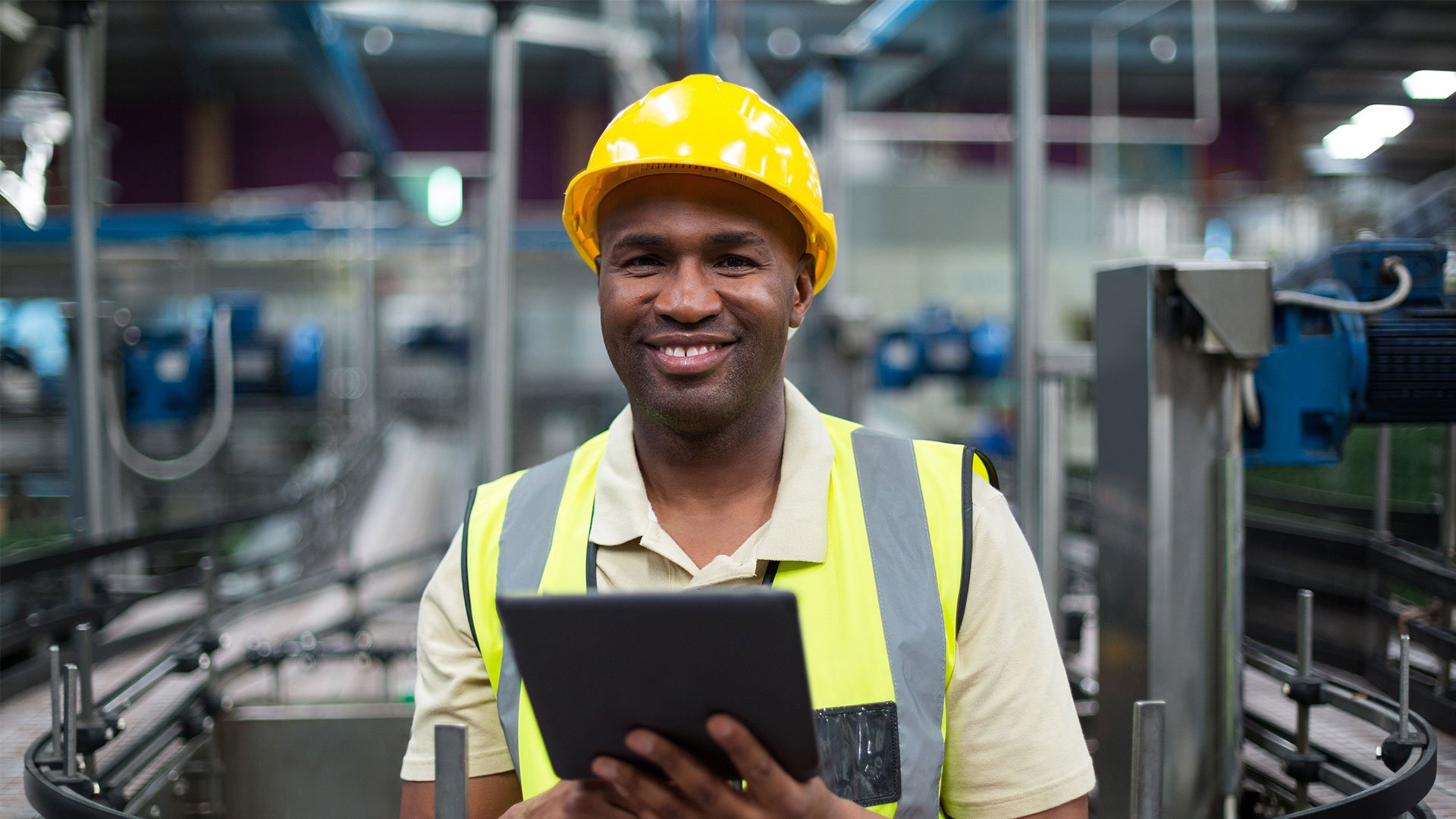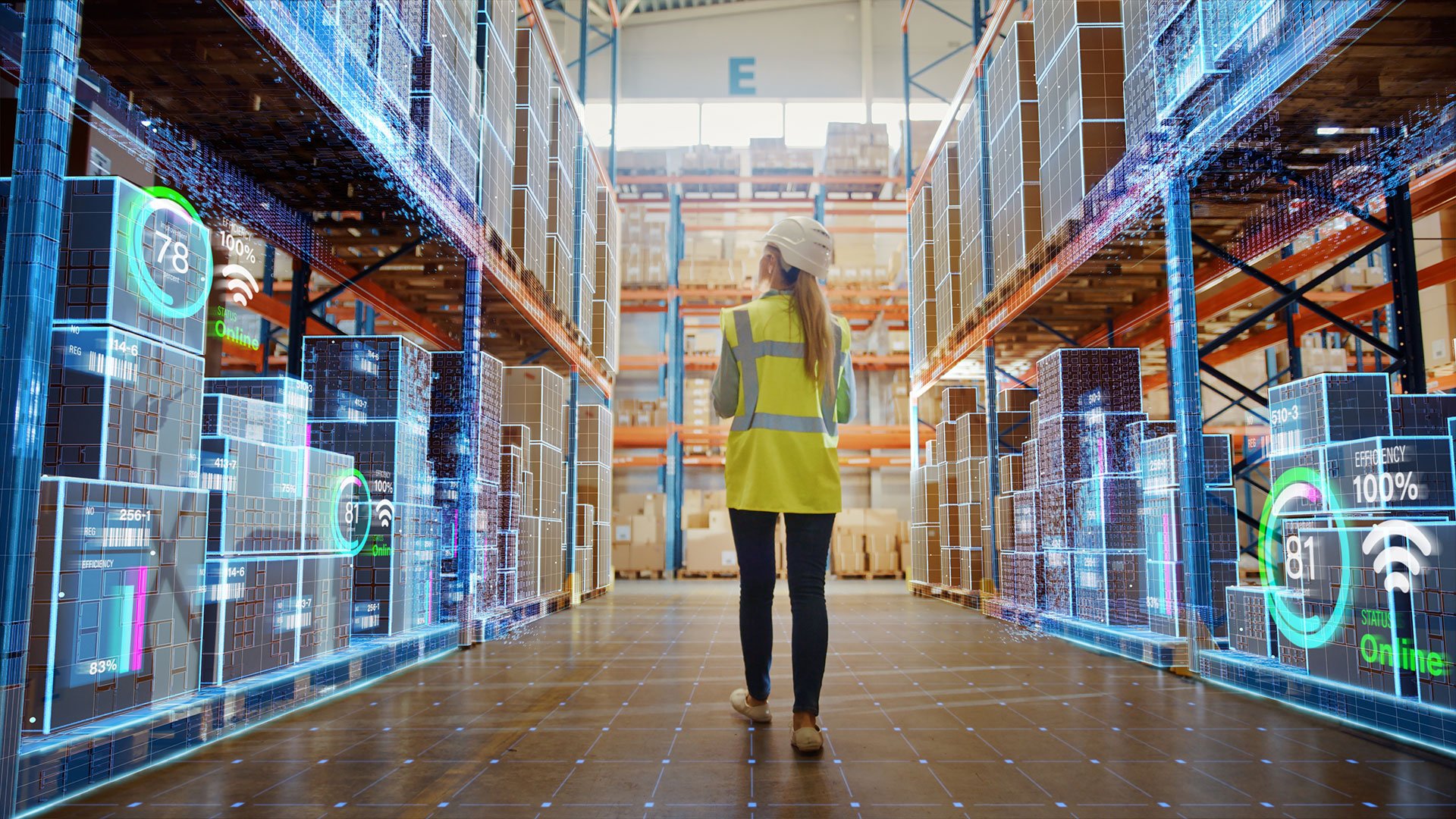Innovating together for tomorrow's energy
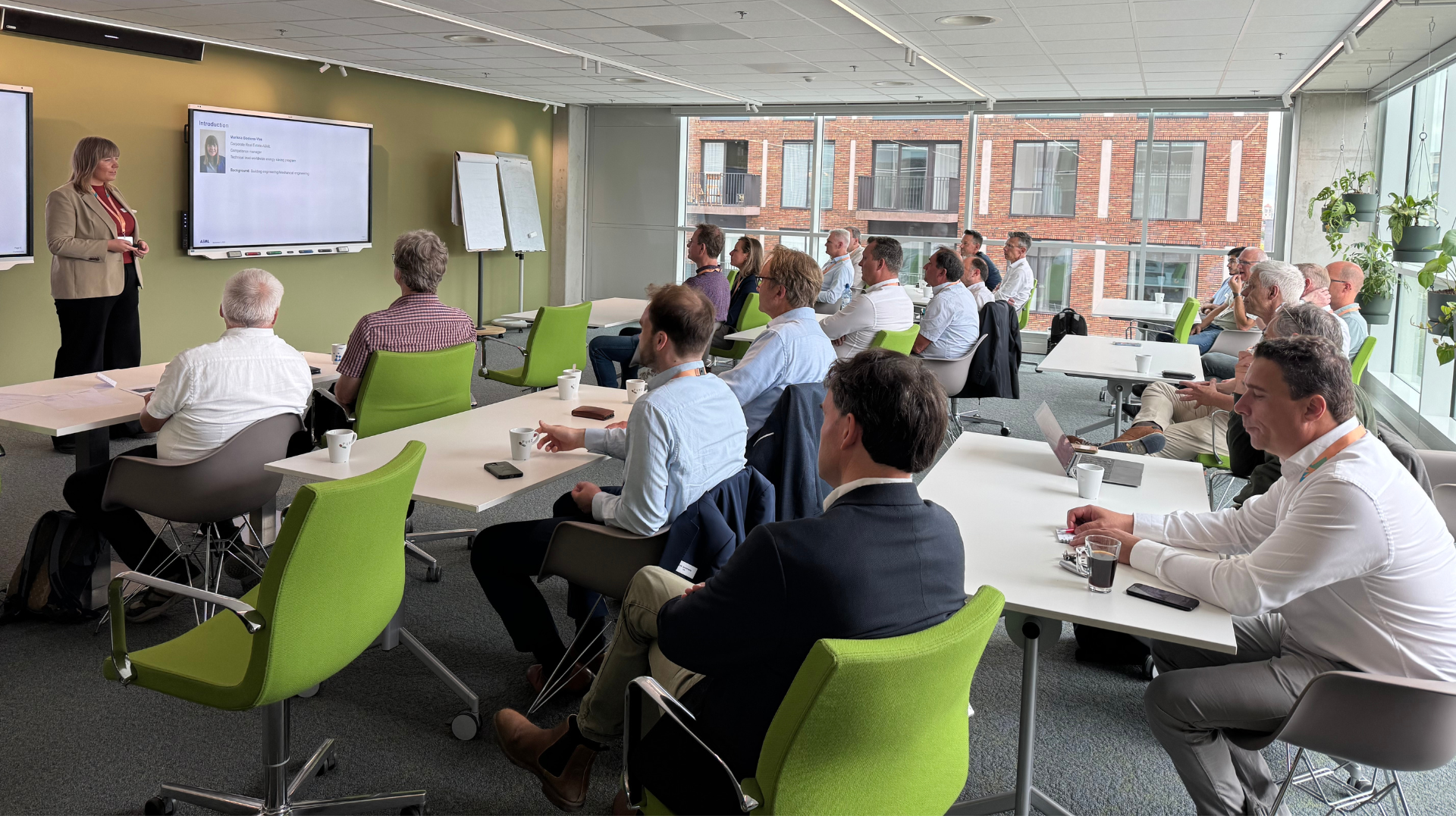
The energy transition requires new ways of thinking and doing. This became evident during the Future Energy: Innovations in energy efficiency & sustainability seminar held recently at Haskoning in Eindhoven.
The event brought industry and technology players together to share knowledge and explore solutions to today's energy challenges and tomorrow's opportunities.
"The more we pull together and speak with one voice, the stronger we will be."
Grid congestion is increasingly imposing restrictions on companies looking to make their production operations more sustainable. Electricity demand is growing due to electrification while investments in grid expansion continue to lag behind.
On top of this, regulations are constantly changing and funding for large projects is difficult to secure. During the inspiring afternoon, it became clear that there are many scalable, innovative solutions and collaboration is the key to implementing them faster.
There are many scalable, innovative solutions. Collaboration is the key to implementing them faster.
Energy efficiency as a route to greenhouse gas neutrality
ASML outlined its ambition to be greenhouse gasneutral by 2040. Marissa Boelens-Vos, (Competence manager HVAC & Cleanroom Systems), explained how energy efficiency plays a central role in that strategy for scope 1 and 2 emission reduction. This is built on three pillars: reducing energy use, increasing renewable energy, and compensating for any remaining emissions.The foundation for reducing energy usage is the Energy Saving Masterplan, updated every five years to translate long-term goals into concrete projects.
Our factories never stop running, so the only way forward is through smart, step-by-step measures that combine immediate impact with long-term resilience.
Already, initiatives are underway, from linking buildings through an energy grid to exchange residual heat, to using cooling water more efficiently, and developing hydrogen recovery solutions.
Like many industrial players, ASML faces challenges such as electricity supply and grid congestion. Yet the company shows that combining consistent short-term actions with strong collaboration across the value chain is key to achieving ambitious long-term climate goals.
Not revolution but evolution
"CO₂ is the most magical molecule there is. You just have to make good use of it." For Ruud Bouwman (New Technologies Manager at VDL), it is all about changing our way of thinking.The problem is not that there is too little green energy available: wind and solar provide enough. The real challenge lies in storage and transport.
According to Bouwman, the solution lies in utilising existing infrastructure. "Not revolution but evolution: working with what we already have." Using CO₂ as an energy carrier and linking it to hydrogen could create usable fuels such as methane.
They are easy to store and transport via the existing gas network. That way, surplus green power can be converted again into usable energy and CO2 plus the burden on the electricity grid can be relieved.
The CO2 as energy carrier will directly be captured at the energy source and will in this case never be vented into the atmosphere again. Negative CO2 emissions are with this system possible.
This solution has great potential: in the Netherlands alone, thousands of these installations could help create a more stable energy system. The first practical project is now ready to go as prototype and should pave the way for large-scale application.
CO₂ is the most magical molecule there is. You just have to make good use of it.
Responsibility and collaboration
On its route to climate neutrality in 2035, NXP is investing in projects that contribute directly to the reduction of emissions that have a significant climate impact and improving the energy efficiency of their facilities.Besides technical measures, international collaboration is an important factor. According to Bas Bongers (Director Renewable Energy), this helps companies mitigate risks: "By jointly agreeing on standards and sharing best practices, we can reduce risk and send a clear message to international regulators."
NXP sees international collaboration as a way to step up the pace and make the energy transition less risky. Thus NXP's plans are in line with a broader movement within the semiconductor industry where collaboration in consortia has been successful for a long time.
Sustainability is not just a matter of policy or an obligation to shareholders. It is also a moral responsibility.
Meeting & inspiration
The seminar was not just a series of presentations, it also provided a place to meet where new insights emerged. It became clear from the exchanges that took place that companies often have to deal with the same obstacles. Sharing experiences and knowledge creates inspiration and the confidence to take joint steps faster.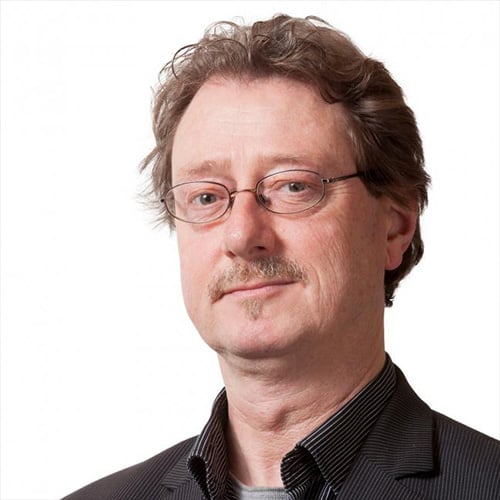
It was precisely that broad perspective that made the day so powerful.
It is precisely by learning from each other, by seeing which tricks have either worked or not worked for someone, that we are able to move forward faster. That is what makes meetings like this so valuable.
There is already a lot going on, but too often people are still working as individuals from their own perspective. While what is actually needed is multiple solutions alongside each other. The more we pull together and speak with one voice, the stronger we will be.
Shaping tomorrow’s energy together
The Future Energy seminar showed that while challenges such as grid congestion and shifting regulations remain, the solutions are already within reach when industry leaders share knowledge and work side by side. We sincerely thank all participants for their valuable contributions and inspiring perspectives. It is through these open exchanges that real progress is made.At Haskoning, we are proud to contribute to this dialogue and to support companies like yours on the journey towards energy neutrality, from industrial energy efficiency to innovative CO₂ and hydrogen solutions. Together, we can help your organisation achieve a resilient and sustainable energy future.




